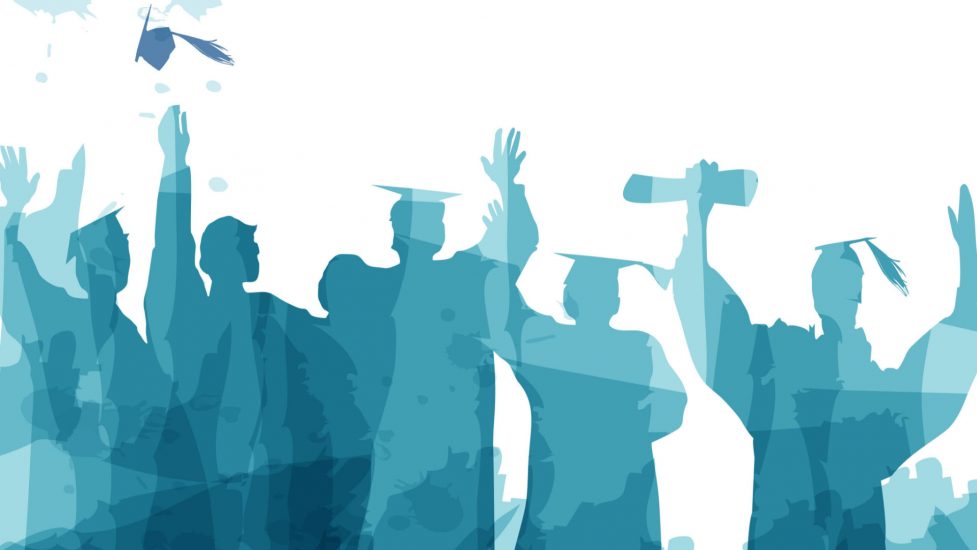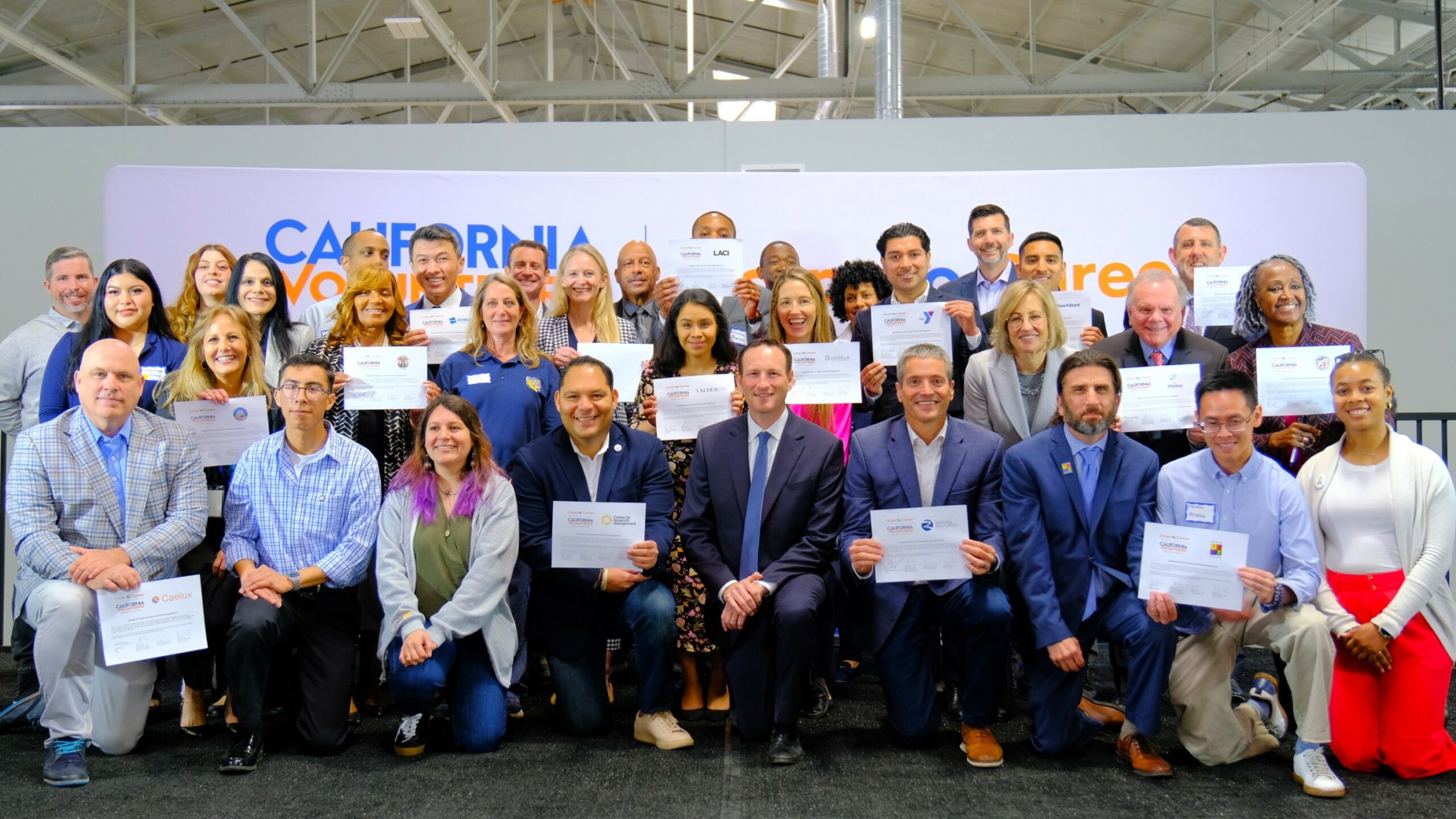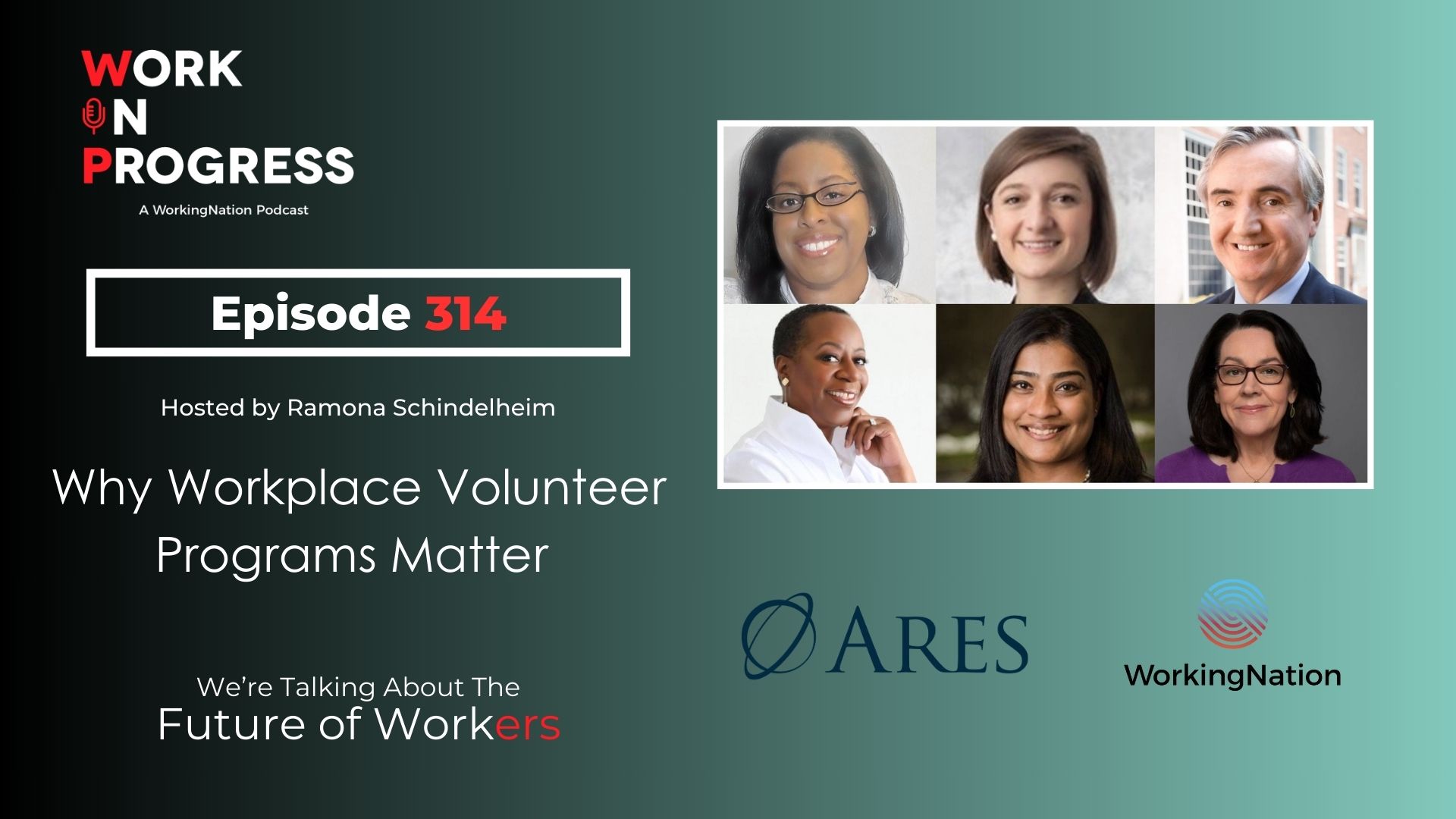For K-12 students with learning disabilities – ranging from autism to intellectual and developmental disabilities, known as IDD – the transition to life after high school is so important. Currently in California, as these students exit high school, many receive a certificate of completion instead of a diploma since they cannot meet the requirements set by the state for graduation.
As they set out toward independence, the difference between a diploma and a certificate of completion can play a big role in their options for a job or college. An upcoming change in California holds the promise of knocking down this barrier by providing an alternative pathway toward a high school diploma for special education students.
Alternative Diploma Pathway for Learning Disabled Students
“The student with an IEP (individualized education plan) who can’t pass foreign language or science or math cannot graduate with a diploma. The schools were denying diplomas to those students, even the students with mild disabilities who just struggled with a class,” explains Sue Sawyer, president of California Transition Alliance, a nonprofit organization which assists young people with learning disabilities transition to adult life.
The high school graduation rate in California for special education students currently is 68.6% compared to 83.6% for all students. The alternative pathway to a high school diploma could potentially benefit 80,000 students, or 10% of the students in the state receiving special education services.
Sawyer was part of a workgroup funded by the state to examine these pathways to a high school diploma. The conclusion, she says, was not to create a new pathway but include special education students in existing pathways. California state legislators approved and funded the plan, which is expected to go into effect in 2023.
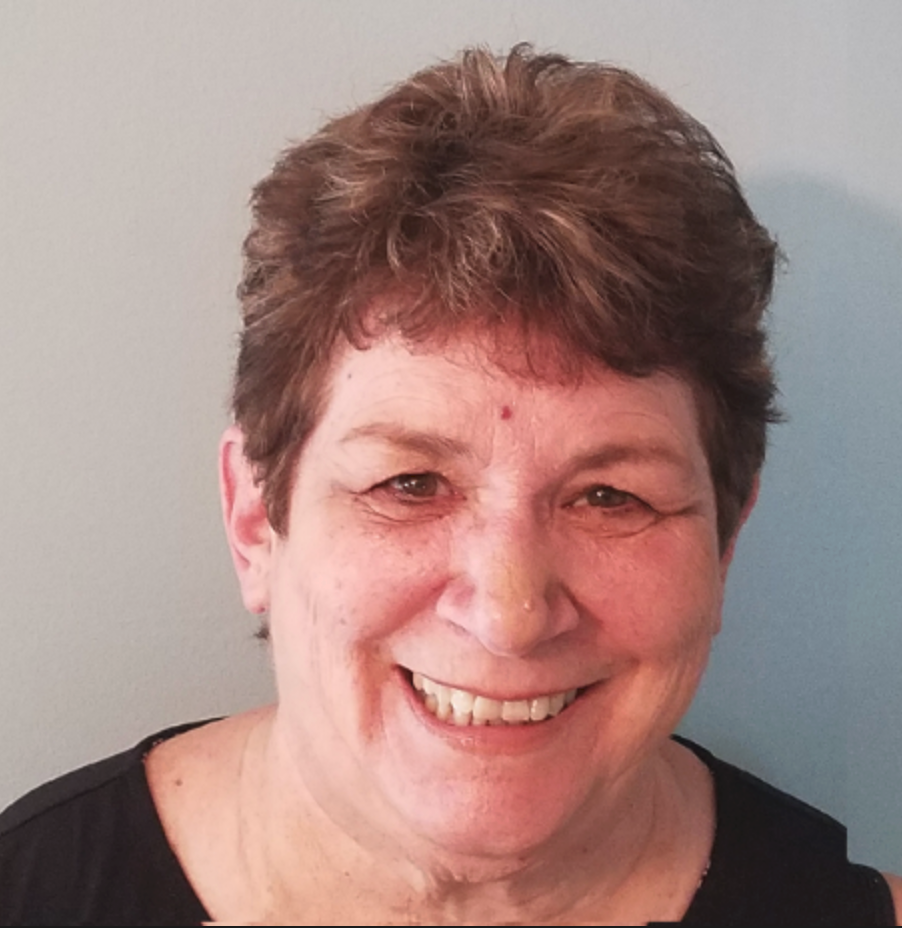
The state adopting the recommendations, says Sawyer, “opens the door for everyone.” She adds that while there will be some students with severe cognitive limitations who might not be able to earn a diploma, the goal is for as many students as possible to work toward one.
“We need the high school diploma for every student that can achieve the high school diploma because the employer bias is in favor of the high school diploma. If I’m an employer and I have a stack of applications and those applications are: some students don’t have a diploma and other students do, they will look at the people who have the diploma first,” she explains.
Overcoming Workforce Discrimination
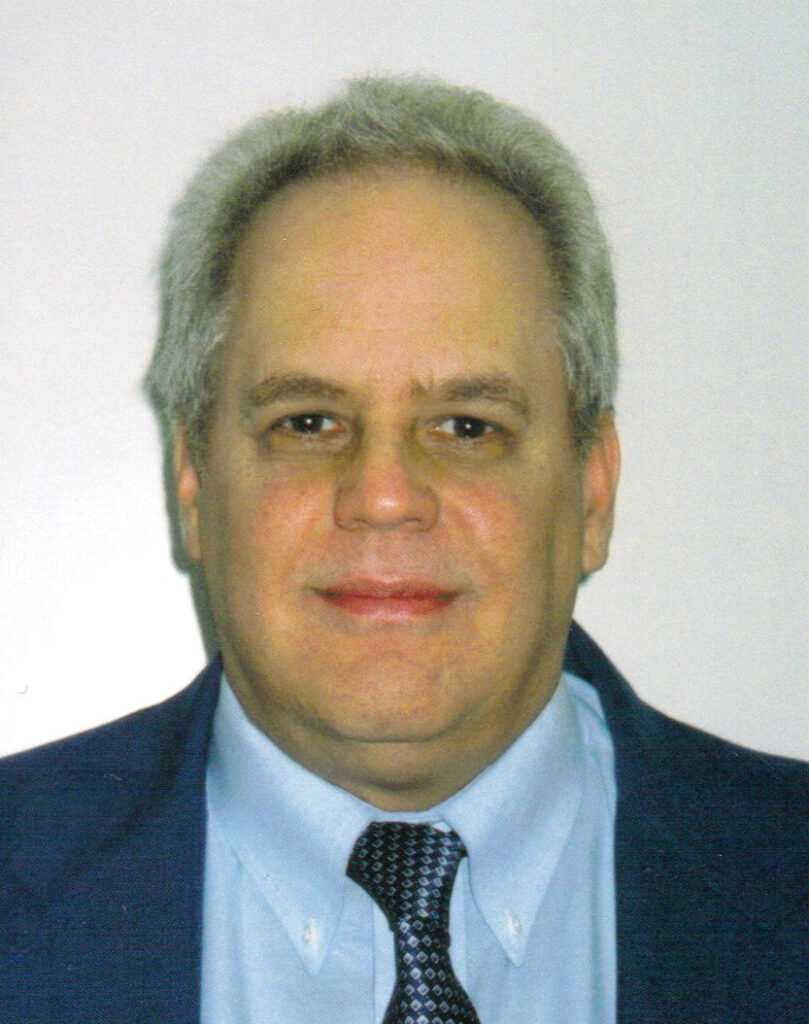
One workforce development trainer applauds the alternative high school diploma pathway in California, but says much more needs to be done. “I think it moves in inches where miles are needed,” says Larry Robbin, executive director of Robbin and Associates who’s worked with people who have learning disabilities for decades.
“Many people with these disabilities would define themselves as stupid. That is the messaging, when in my experience they are anything but. They are not used to being thought of as people who are creative, people who are problem solvers, people who are very smart,” explains Robbin.
He points to an increasing number of people with autism working for tech companies as an example of the kind of strengths that people with disabilities bring to the workforce.
Graduating High School with a Certificate
Thirty-year-old Lorena Marie Murray, who has a learning disability, didn’t have the option of graduating high school with a diploma in 2009 because of California’s graduation requirements. She earned a certificate of completion and then attended a TIL (transition to independent living) program at a local college.

Murray now works as a maintenance worker/housekeeper at a gym and lives independently. She thinks about what her life might be like had she earned a diploma back in high school. “Everything would be a little bit different,” she says.
“I wanted to major in theater. Theater was my passion and I loved it. Whenever I saw a play, I thought this is one of my goals,” Murray explains. She adds that while she received help in her school years, she wished she had more guidance in high school about her future plans.
Planning for Transitions Early
Setting career goals early, say advocates, is something that is needed to set higher expectations for students with learning disabilities.
“I’d start at kindergarten – at least at age 14 – helping families get the education and the supports they need to help their students and for students to know what those next steps are,” says Donna Feingold, a consultant and CEO of HireAble, who has worked to advocate for people with developmental disabilities for roughly 40 years.
She says setting the goal of being part of the workforce is critical.
“There is so much value for people to have jobs and it changes people’s lives, increases their self-esteem, gives them a sense of belonging,” says Feingold. She adds, “It’s so much more than a paycheck. Yes, it definitely gives people greater self-sufficiency.”

